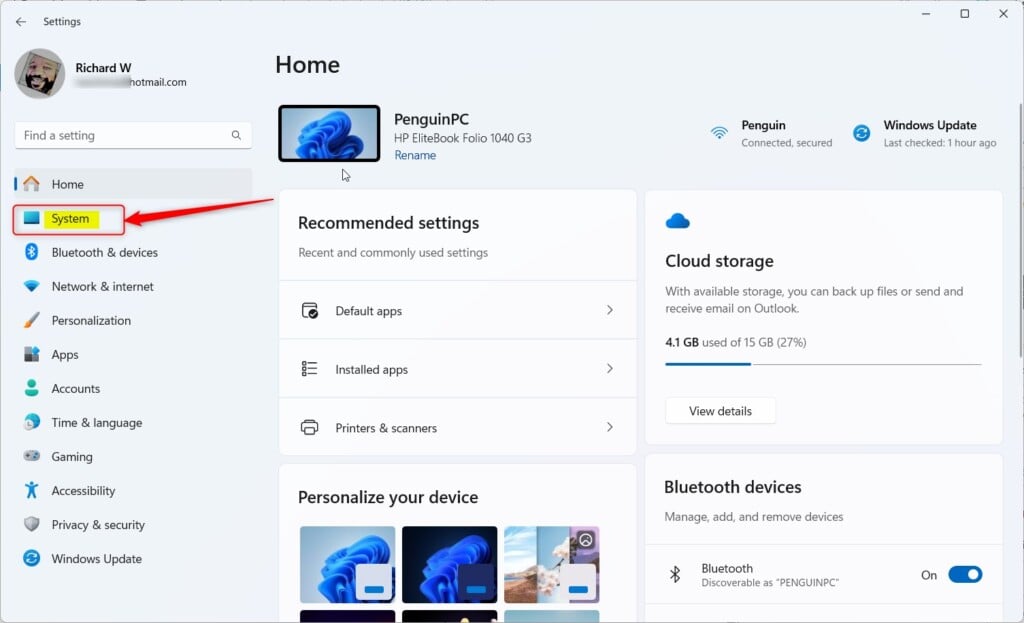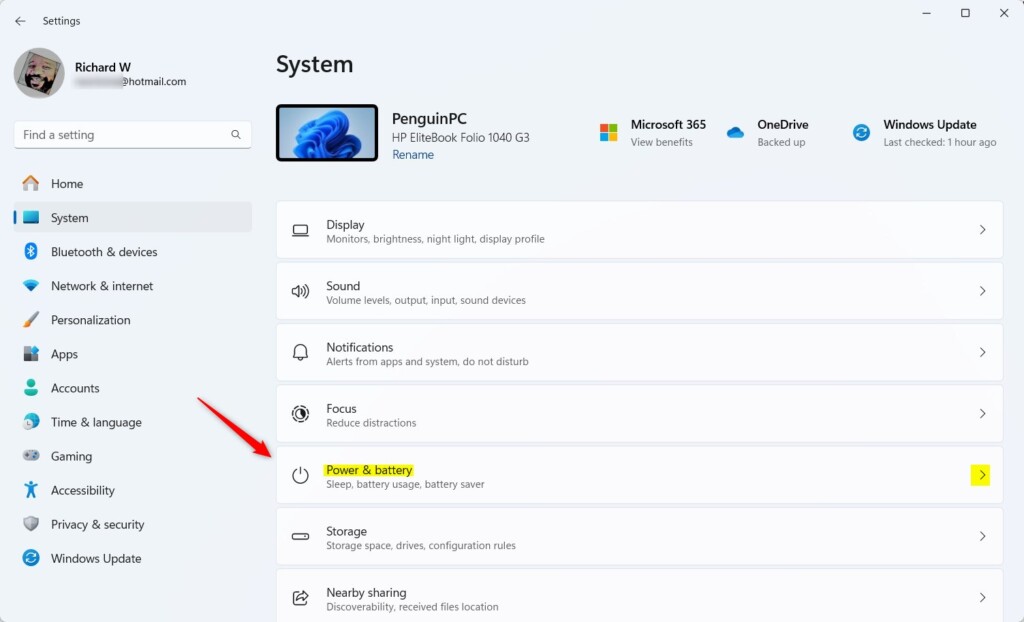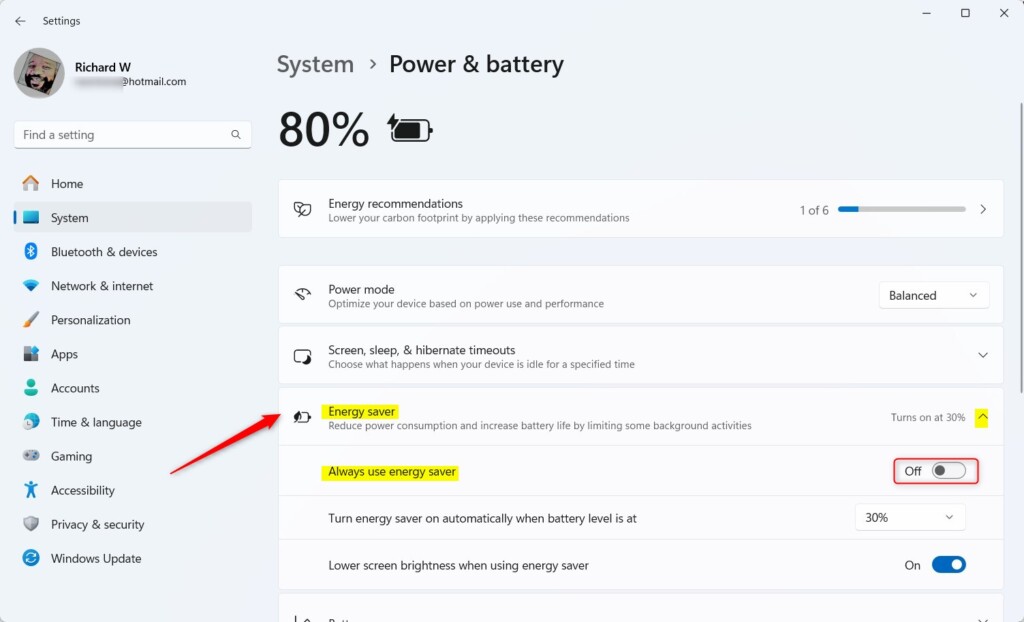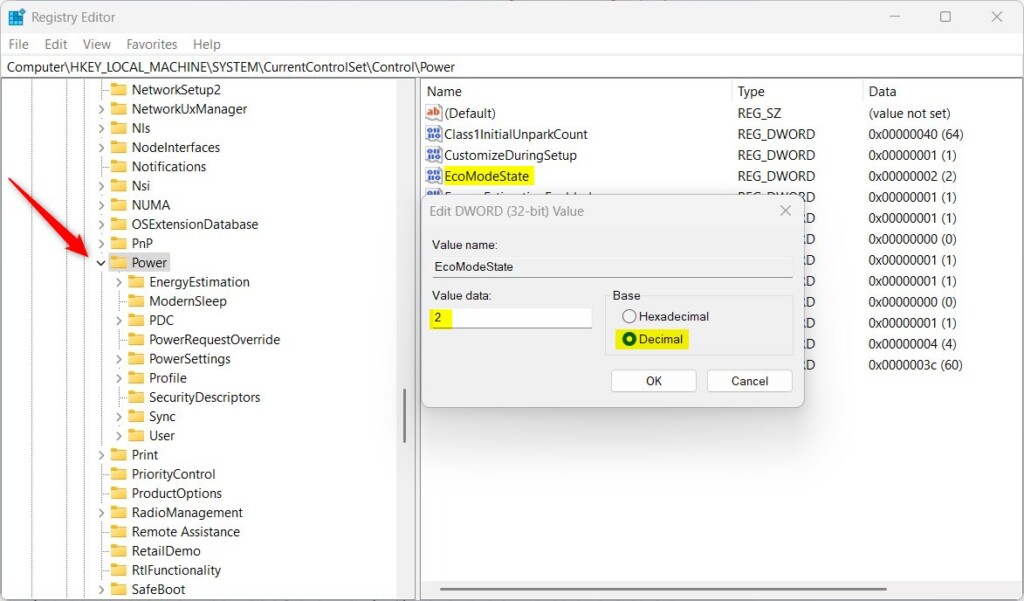This article explains how to enable or disable “Always use energy saver” in Windows 11.
Energy Saver is a power management feature in Windows that allows you to save power by reducing the amount of power your computer uses when it’s not in use or used at reduced energy usage. This feature is designed to help you conserve energy and extend the battery life of your laptop or tablet.
Starting with Windows (Build 26002), Microsoft added an energy saver feature that extends and enhances battery saver. Extending battery life and reducing energy use is easy but may trade off some system performance.
It can now be toggled on and off via Quick Settings in the system tray, and it’s also available when PCs are plugged in to conserve energy all the time.
By enabling “Always use energy saver,” you can extend your device’s battery life and reduce energy usage, which can help you save on your electricity bill and reduce your carbon footprint. This feature is designed to help you conserve energy and extend the battery life of your laptop, tablet, or desktop.
Enable or disable “Always use energy saver”
As mentioned above, a new toggle has been added to the recent Windows build that allows users to turn “Always use energy saver” on or off for laptops and desktops.
Here’s how to do it.
First, open the Windows Settings app.
You can do that by clicking on the Start menu and selecting Settings. Or press the keyboard shortcut (Windows key + I) to launch the Settings app.
When the Setting app opens, click the System button on the left.

Select the Power & battery or Power tile on the right to expand it.

On the Power & battery or Power settings page, expand the Energy saver tile. Then, toggle the button for “Always use energy saver” to the On position to enable it.
To disable it, toggle the button to the Off position.

Toggle Energy Saver on or off in Quick Settings
As discussed above, users can now toggle “Energy saver” on or off in the Quick Settings pane, even for desktops.
To do that, click on the Quick Settings to launch the pane. Then, toggle the “Energy saver” button to turn on or off.

Turn Energy saver on or off using the Windows Registry Editor
Another way to enable or disable ‘Energy saver‘ is to use the Windows Registry editor.
First, open Windows Registry Editor.
Then, navigate to the registry key below.
Computer\HKEY_LOCAL_MACHINE\SYSTEM\CurrentControlSet\Control\Power
Next, double-click the EcoModeState (REG_DWORD) name on the Explorer key’s right pane to open it. Then, enter a value 1 to turn on ‘Energy saver’ for all users.
To turn off or disable ‘Energy saver‘ for all users, type 2.
If you do not see the ‘EcoModeState‘ item, right-click a blank area and create a new DWORD (32-bit) Value. Then, enter the name ‘EcoModeState‘.

You may have to restart your computer to apply the changes.
That should do it!
Conclusion:
- Enabling “Always use energy saver” in Windows 11 can extend your device’s battery life and reduce energy usage, helping you save on electricity bills and reduce your carbon footprint.
- Users can toggle “Always use energy saver” in Windows Settings under the Power & battery or Power tile and in the Quick Settings pane.
- Alternatively, the Windows Registry Editor can enable or disable “Energy saver” by modifying the EcoModeState registry key.
- These steps provide flexibility and control over power management, allowing users to optimize energy usage based on their specific needs and preferences.

Leave a Reply Cancel reply